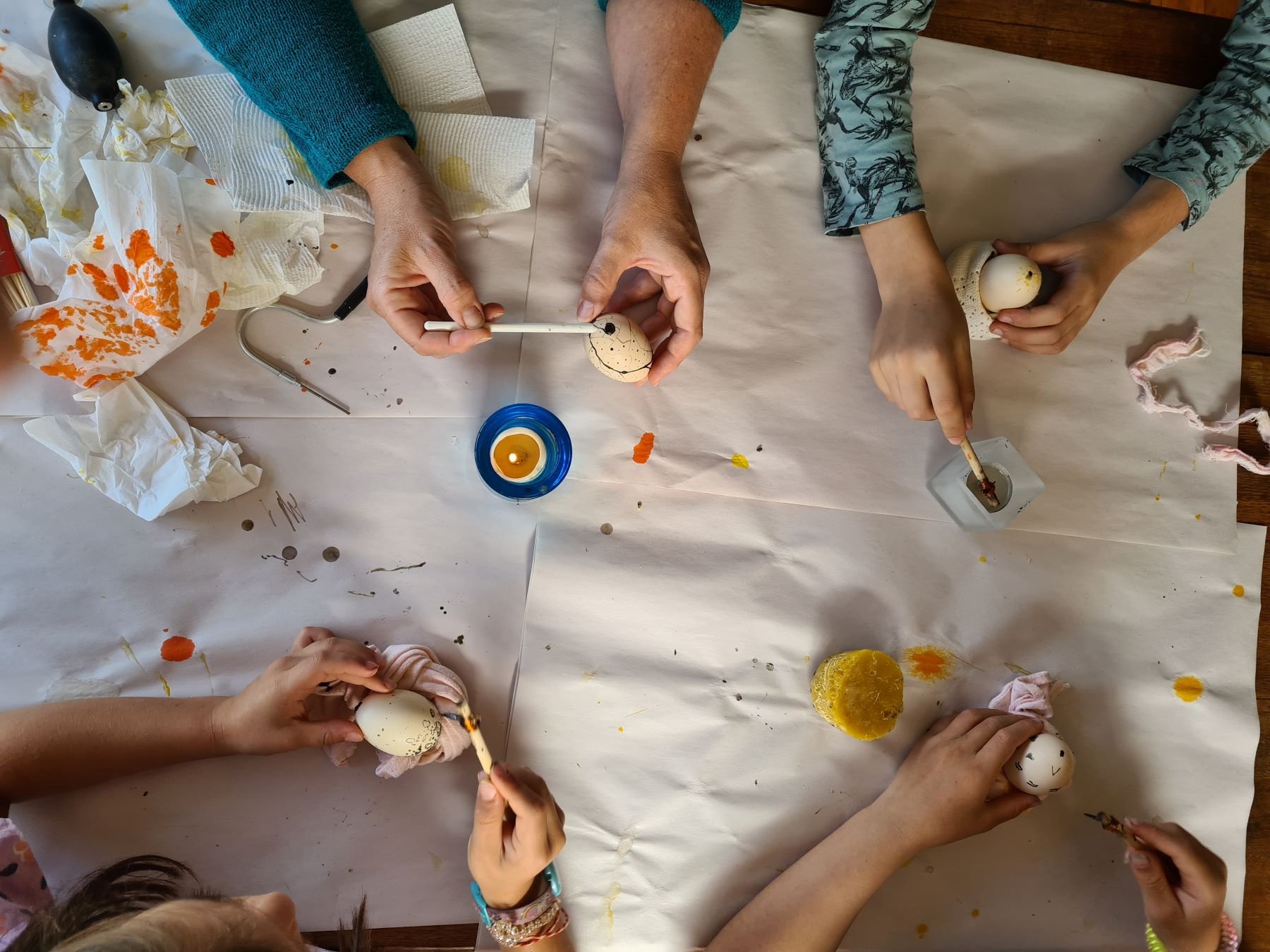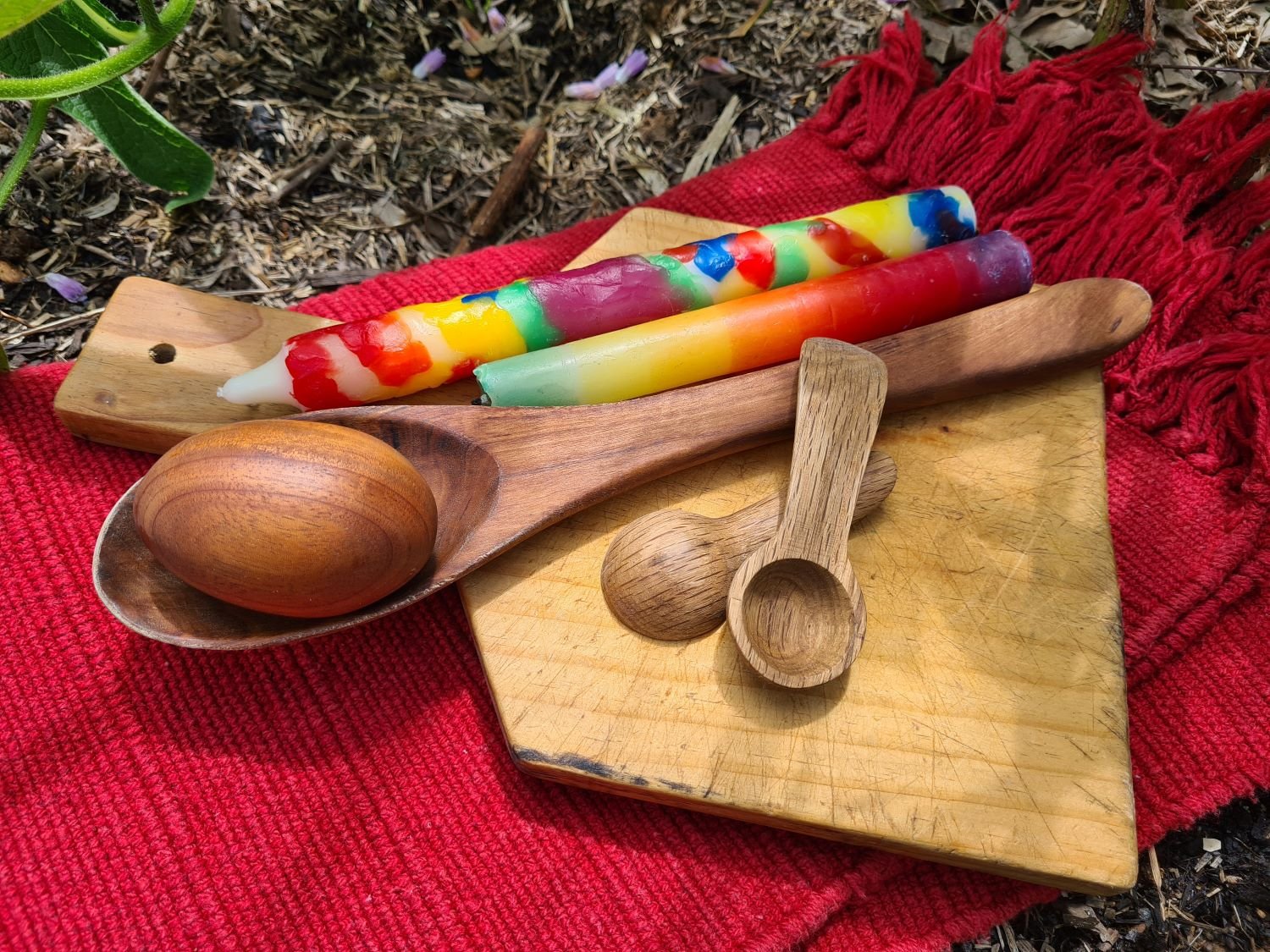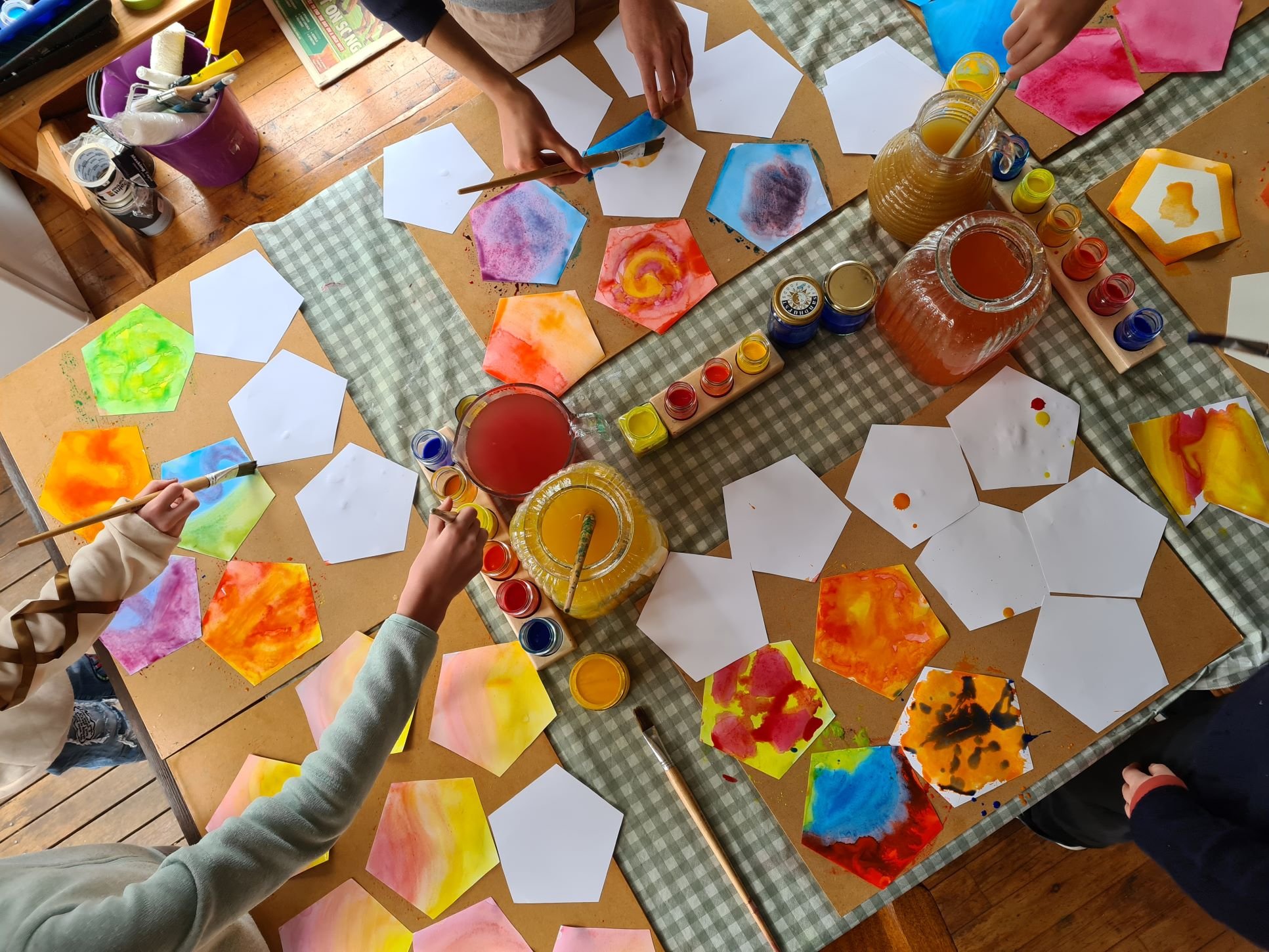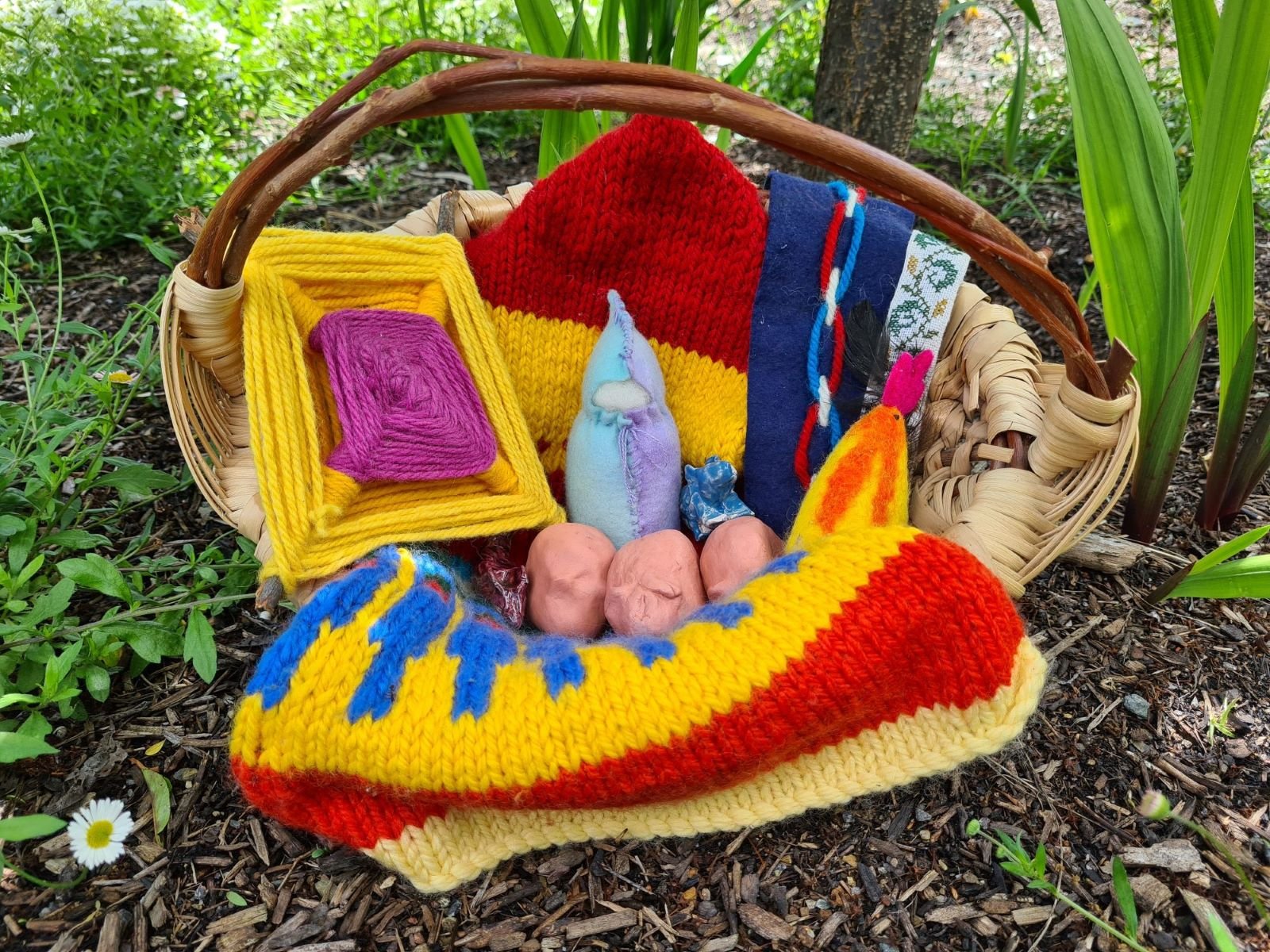Handwork

“A person who has acquired dexterity of movement in his fingers has also mobile thoughts and ideas and can penetrate into the essence of things.”
~Rudolf Steiner
Small Group Learning
Students take part in workshops in groups of up to eight.
Handmade Craft
Students learn a range of handcraft, including weaving, knitting, sewing, crochet, basketwork, felting, dyeing, whittling, carving, leatherwork, and beeswax and clay modelling.
Natural Material
Students explore the techniques of handcraft using only natural materials, such as silk, wool, cotton, wood, leather, clay and beeswax.

Handwork in Steiner Education
Handwork is an important part of a child’s learning, not only in the event that the craft learnt may be of use in adult life, but more than that, it is concerned with developing fundamental human attributes. The link between the activity of the hands and dexterity of the fingers is reflected in our speech to ‘grasp something’, to ‘take up the thread of an idea’, to get one’s thoughts ‘tangled up’.
“If we do knitting in the right way with children, making objects that are useful, … we are often working on their minds more strongly than we do when we teach them things that are assumed to belong to mental training.”
Journey of Handwork
Children of any gender are given the same tasks. In the first class the children learn basic knitting, and from thereon, through the years, they learn weaving, crochet, more complex knitting, sewing, how to make gusseted animal shapes, felt making, clay-modelling, basketwork, leather and woodwork and many more crafts according to the materials at hand.
“I will work with love, my task has just begun, I will work with love until my task is done. Persistence and pride, purpose unfolds, while I work hard to reach my goal.”
~ Unknown
Experiential Learning
The aim is to allow the children to experience the many and varied materials of the world, to understand the source and processing of world matter, and how to transform this matter into created items, from their own will and imagination; items that are both practical and aesthetic. It is important that the child has a say in the aesthetic design of their self-made items.
“When the hands work in this way, capacities are built up that considerably increase the ability to form judgements.”
Care for the Environment and Social Awareness
Respect for the source of a material in the natural world and the final handling of worn, used and spent artefacts are the first steps on the path to individual responsibility for the environment and thoughtful use of finite resources.
Additionally, respect for the source and artistic transformation of materials awakens a social awareness and appreciation for the work of other people.
Read more about Steiner Education.



